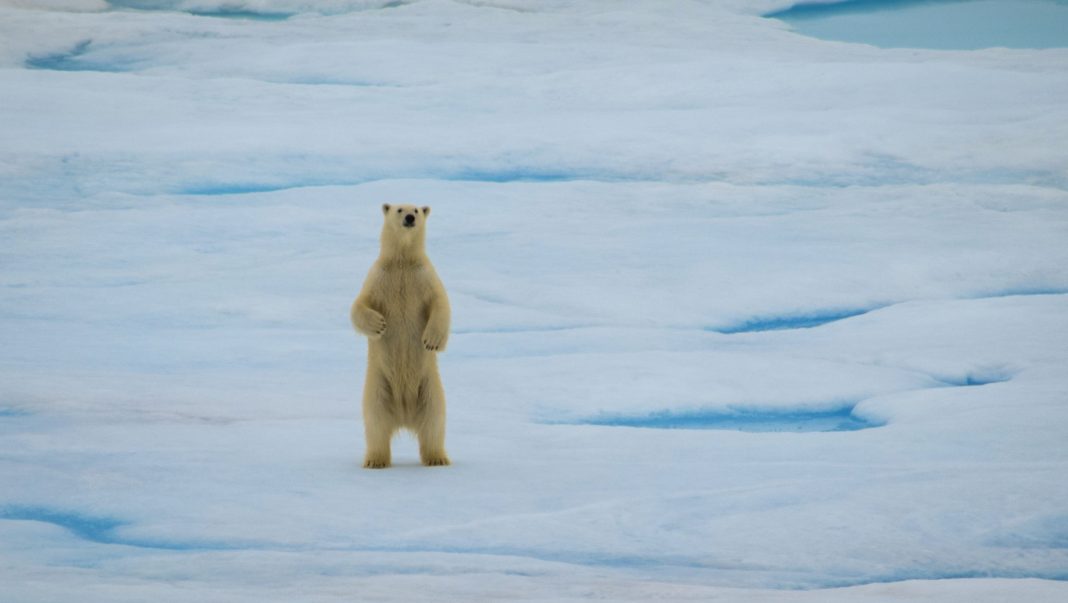Research reveals rifts within the global conservation movement, on economic approaches to protected areas, which makes the achievement of conservation goals difficult
The first large-scale study of the views held by those working to protect the natural world has found agreement on the goals of conservation – but substantial disagreement on how to move towards them.
Latest research reveals a sizable consensus among conservationists for many core aims: maintaining ecosystems, securing public support, and reducing environmental impact of the world’s richest.
“Our study shows that conservation is a diverse movement, both in people and ideas”
However, the study also shows the global community is deeply split on whether to place economic value on nature. The necessity of protected areas – and whether people should be moved to create them – is highly disputed, as is the worth of “non-native” species.
Conducted by Cambridge University’s Dr Chris Sandbrook with colleagues from Edinburgh and Leeds universities, the new study collected opinions of over 9,200 conservationists in over 140 countries. It is published today in the journal Nature Sustainability.
The research uncovers some demographic variation. For example, women and those from Africa and South America lean more toward “people-centered” conservation, which aims to benefit communities and give them a say in conservation decisions. Men and those from North America tend to favour a “science-led” approach associated with protecting nature for its own sake.
“…like a political party”
Next year’s Convention on Biological Diversity meeting will see UN member states gather in Beijing to set global conservation goals for the following decade. The research team says their findings “raise important questions about whose voices get heard in conservation debates”.
“A core set of aims must form the bedrock of any social movement,” said lead author Sandbrook, from the Cambridge Conservation Initiative. “We can see that the world’s conservation community is in general agreement on many fundamental beliefs and objectives.”
“When it comes to the mechanisms for delivering conservation, we find significant rifts emerge. In some ways the conservation movement is like a political party, where some underlying beliefs bind together people who don’t agree on absolutely everything. When big decisions need to be taken these splits come to the surface.”

Researchers took great pains to reach as many conservationists around the world as possible. However, they say their sample is still skewed towards Europe and North America.
Sandbrook cautions that the diversity of opinion the study is helping to reveal is often underrepresented.
“There will be huge decisions taken about the future of conservation in the next 18 months. Let’s make sure we ask the whole global community, so we can build an inclusive and effective movement.”
Fault lines
While the study’s authors say conservation is facing “bitter internal disputes” over its future, their research confirms some key ideas around which the majority of conservationists coalesce.
The study finds 90% agreement for science-based conservation goals, as well as for giving a voice to people affected by those goals. Some 88% agree that the environmental impact of the rich must be curtailed, and only 8% think global trade is fine as it is.
Some 77% believe human population growth should be reduced, and only 6% think humans are separate from nature.
The fault lines in the global movement are also revealed.
For example, only 57% think strict protected areas are required, and almost half (49%) believe it’s wrong to displace humans in the process. Reports of ‘eco-guards’ suppressing local people in Africa’s protected areas have recently brought these debates into sharp focus.

So-called invasive species also prove divisive. Some 35% think they offer little value to conservation, while 50% disagree. Sandbrook says that some examples of non-native species can help engage the public, but they are often bad news for local species.
He commented:
“In the UK, many people love Ring-Necked Parakeets because they look beautiful and tropical. But these animals can threaten native wildlife and some argue they should be culled.”
‘Conservation through capitalism’
The study shows the application of economics to nature is one of conservation’s most contentious issues. Sandbrook further said:
“Some think assigning monetary value to nature is a pragmatic way to assist policy-making. Others believe it reprehensible to put a price tag on things that are priceless.”
Only around half (52%) of conservationists think their movement “should work with capitalism”. Some 61% believe “economic arguments for conservation are risky”, and 73% think economic rationales risk displacing other motivations for protecting species.
However, a high number – some 84% – believe corporations “can be a positive force for conservation” and 62% say the movement needs the support of corporations, suggesting many conservationists see both the pros and cons of economic approaches.
This “conservation through capitalism” is viewed more favorably by younger conservationists and those from Africa, but also among those in more senior jobs.
Sandbrook further said:
“Our study shows that conservation is a diverse movement, both in people and ideas.
“As the Convention on Biological Diversity 2020 meeting approaches, we need to improve the representation of this diversity when debating how best to preserve life on Earth.”
This research can be read in full here.











